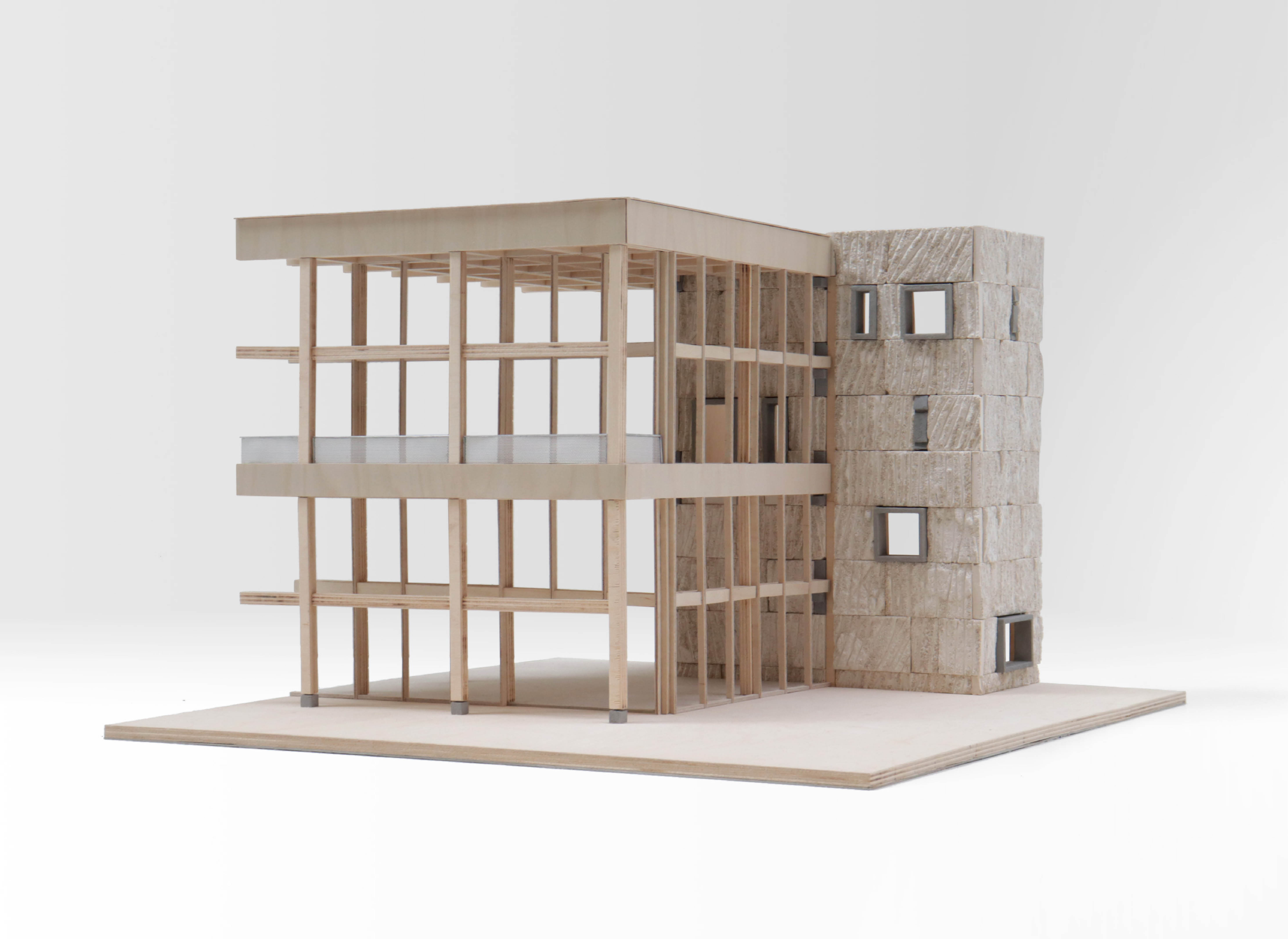Michael Funke
Methods of Analysis & Imagination
Dynamic Space: An Exploration into Strategies for the Uncertainties in Architecture
Tallinn’s largest district, Lasnamäe, is based on a specific ideology, leaving it incapable of adapting to new societal developments after Estonia’s independence from the Soviet Union. Today, Lasnamäe is still mainly composed of monotonous housing slabs and lacks public interior spaces.
Opposing this, the building strategically takes into account occurring uncertainties and embraces them to design for unforeseeable functions, needs, actors and changes in society and intertwines different uses and user groups, acting as an initiator for citizen-driven events.
To achieve this, the design strategy embraces the contrast between indeterminacy and determinacy, creating spaces that can be used freely, combined with structures that act as supports - structurally, functionally and organisationally. The indeterminate space leaves things open and understands the building as ‘pre-used’, being interpretable by users with the potential to develop over time. The determined parts make the building site-specific, quote Tallinn’s built history and make it a recognisable object.
